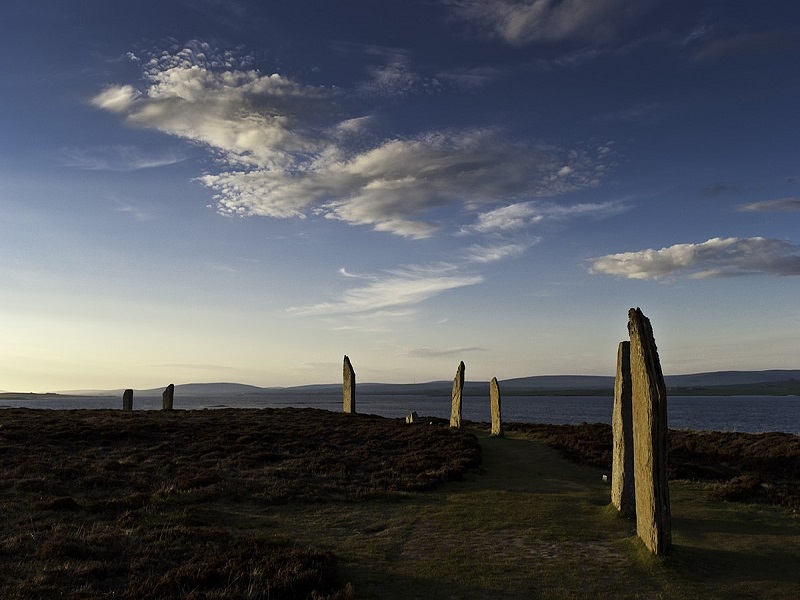Frontiers of the Roman Empire World Heritage Site: The Antonine Wall
The Antonine Wall holds an enormous amount of information about the landscape and vegetation at the time of its construction and provides a buried control horizon for environmental studies. As part of the Frontiers of the Roman Empire (FRE) World Heritage property, the value of the Antonine Wall is well established. This framework now seeks to highlight its significance in Scottish Archaeology as well as increase our collective understanding of the Wall.
Dendrochronology Research Framework for Scotland
In the first update to the Archaeological Science framework since its publication in 2012, the Dendrochronology Research Framework for Scotland explores the intricate applications of denrochronology using themes including archaeology, dendroecology, historic buildings and dendroclimatology.
International Network for Contemporary Archaeology in Scotland (INCA Scot)
Contemporary Archaeology is not only the archaeology of the contemporary and recent past, but the exploration of the opportunities and challenges presented when undertaking archaeological research in the present day. This brand new website showcases what has now been established as a significant discipline within the sector over the past few decades.
Archaeological Science
Scotland has the potential to be a world leader in the development and application of archaeological science and builds on a long and distinctive tradition of both scientific and archaeological innovation.
Future Thinking on Carved Stones in Scotland
Our appreciation of the past relies heavily on the survival of stone monuments, buildings and landscape features. They shape our sense of place and identity. If carved, this adds further dimensions and depth to that appreciation and can tell us much more about past peoples, their identities, beliefs, tastes, technologies and lives.
Boyne to Brodgar: Making Monuments, Creating Communities
This is an innovative project, focusing on the Neolithic monuments across Scotland, Ireland and Northern Ireland. These range from the iconic World Heritage Sites of Brú na Bóinne and the Heart of Neolithic Orkney to less well-known henges and timber circles.
Marine & Maritime
The extent to which Scotland as a nation has developed as a result of its marine and maritime associations has long been recognised. Given the indented nature of Scotland’s coastline and the location of the major centres of population, nowhere is far from a coast, estuary or tidal river.
Scottish Network for Nineteenth Century European Cultures
This framework was created as a result of a series of workshops funded by the Royal Society of Edinburgh and Society of Antiquaries of Scotland, which focused on exploring the inter-connectivity of people and culture in Scotland and Europe during the long nineteenth century.








